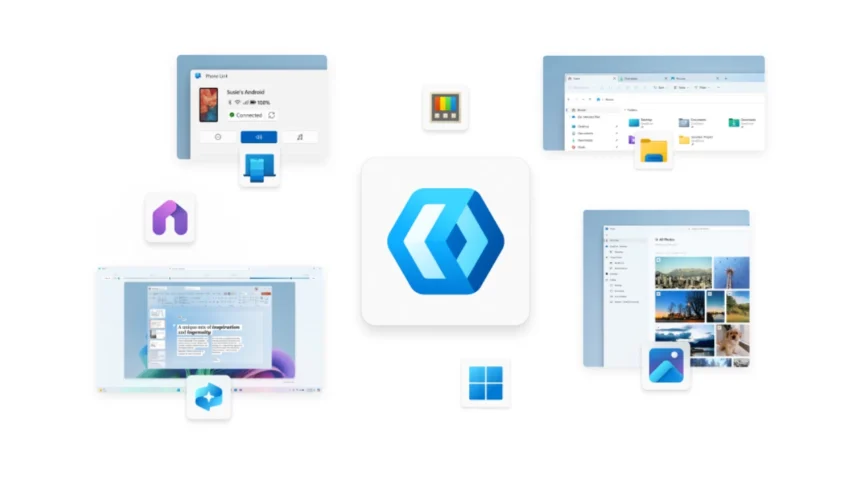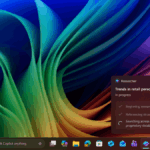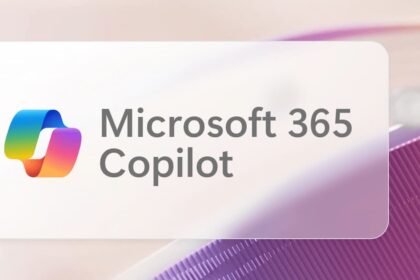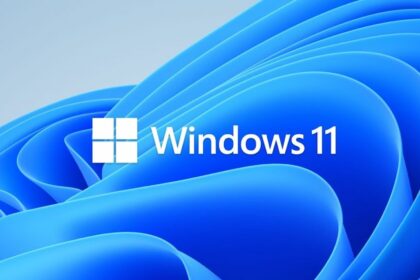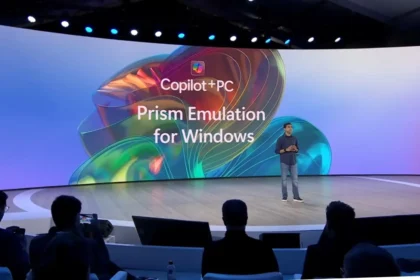Microsoft is taking a big step toward transparency and community collaboration. Under the leadership of Satya Nadella, the company has announced plans to progressively open up WinUI—the user interface framework that powers much of Windows 11.
While Microsoft isn’t releasing the full source code just yet, it has outlined a six-month roadmap aimed at making WinUI more open and accessible to external developers.
Why Not Fully Open Source Now?
According to the WinUI team, the framework is deeply tied into proprietary parts of the Windows operating system. Some of these components can’t be shared publicly due to concerns around security, system stability, and compatibility. As a result, Microsoft needs time to separate reusable parts from those that must remain closed.
“This isn’t about flipping a switch. It’s a careful, responsible process to open up WinUI,” the team shared in a GitHub update.
The Roadmap: Four Key Phases Toward Openness
Microsoft’s plan includes the following stages:
- Increased GitHub Activity
Following the release of Windows App SDK 1.8 in late August, Microsoft will begin syncing its internal code changes to GitHub more frequently, offering greater visibility into development. - Third-Party Builds
Developers outside Microsoft will be able to clone and build the WinUI repository locally, using official documentation to run unit tests and configure the environment. - Community Contributions
Once testing tools are made public, the community will be able to submit pull requests (PRs) and run tests locally—opening the door for meaningful collaboration. - GitHub as the Main Hub
Microsoft will fully shift development and issue tracking to GitHub, moving away from internal mirrors. This aligns with how the company manages other open projects.
A More Collaborative Future for Windows UI
While no specific date has been set for completing this transition, Microsoft says the goal is to gradually move WinUI toward an incremental open-source model, much like it has done with .NET, PowerToys, and other tools.
In the meantime, developers are encouraged to follow the project on GitHub, share feedback, and contribute ideas. By inviting the community into the development process, Microsoft is hoping to make future Windows experiences more refined and more responsive to user needs.

